ASUS PQ321Q UltraHD Monitor Review: Living with a 31.5-inch 4K Desktop Display
by Chris Heinonen on July 23, 2013 9:01 AM ESTGiven the lofty price tag, there is a good chance the ASUS PQ321Q is targeting graphics and print professionals, so meeting the sRGB standards of 80 cd/m2 and its custom gamma curve will be important.
Looking at the grayscale first, sRGB is just as good as our 200 cd/m2 target is. The gamma is virtually perfect, and there is no color shift at all. The contrast ratio falls to 667:1, which I expected as the lower light output leaves less room for adjustments. Graded just on grayscale and gamma, the PQ321Q would be perfect.
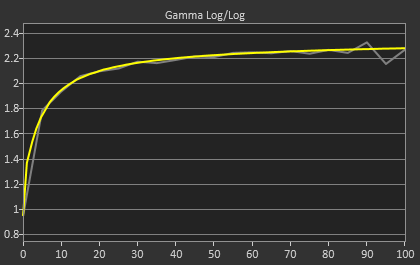
As soon as we get to the gamut, we see the same issues here as I expected to. That gamut is just a little off which gives us some noticeable dE2000 errors at 100% saturations for all colors.
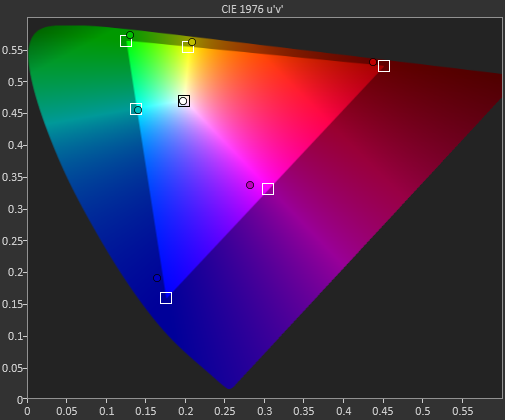
Here with the color checker charts, we see a large difference between the Gretag Macbeth results and the 96-sample results. The error rises from 1.62 to 2.05 as we are sampling more orange/yellow shades that fall outside of the gamut. Nothing really different than the last calibration, so the same issues apply.


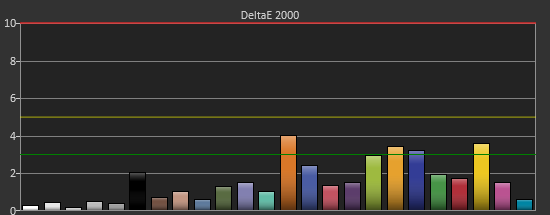
The saturations are also identical to see here. They start out with small errors but by the end, every color except for Cyan is showing a noticeable error at 100%.
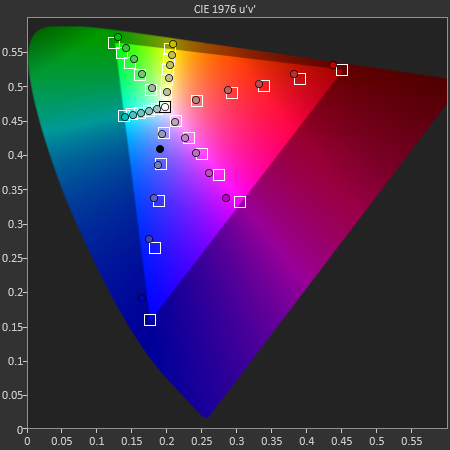
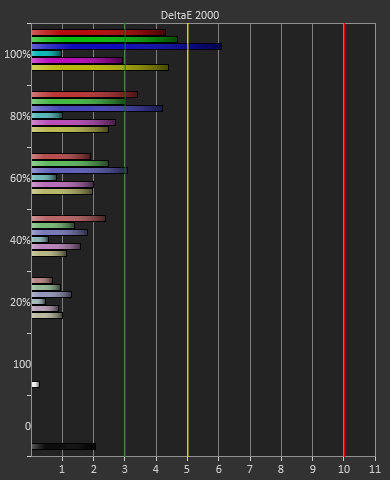
For 200 cd/m2 and a gamma of 2.2 or for 80 cd/m2 and the sRGB gamma, the ASUS PQ321Q performs almost equally. The grayscale and gamma are perfect, but the gamut has some issues. Once we start to see more displays using this same panel, but different electronics and possibly different backlights, then we can determine what is causing this shift in the gamut. With the initial target for the ASUS likely being professional designers, these errors seem a bit out-of-place.


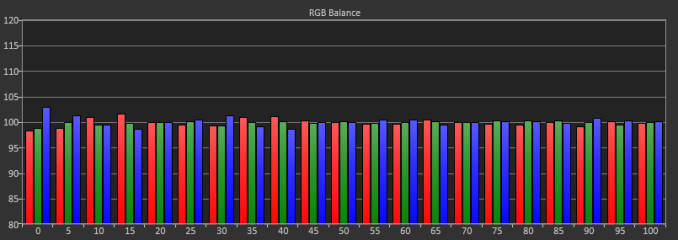
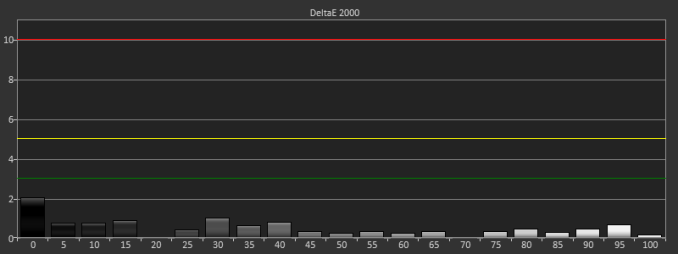











166 Comments
View All Comments
cremefilled - Wednesday, July 24, 2013 - link
Even putting aside your syntax issues, almost all audio equipment depreciates in value quickly. The rare exceptions would be (the minority of) tube based amplification, and maybe a very few speakers (Quad ESL 63's).Calista - Thursday, July 25, 2013 - link
What's even worse, judging from the pictures of the homes of audiophiles the same person spending 10-20k or more on his stereo spend little to no thought on how the room effect the sound. Something we all know is incredibly important for the way sound-waves behave.cheinonen - Thursday, July 25, 2013 - link
As an audiophile as well as a video guy, I don't think the problem is that audiophiles are the worst hobbyists when it comes to paying for diminishing returns. I think the problem is that the press around audio focuses far too much on those diminishing return pieces. I'm considering writing a piece on budget phono amps, as more and more people buy turntables, but it's going to be hard. You can find 100 reviews of a $2,500 phono stage, but none of a $130 one that most people might buy. I think audio has a bad, bad marketing problem that the press reinforces.vgroo - Monday, July 29, 2013 - link
Diminishing returns is an understatement. Whenever I hear the word "audiophile", it always reminds me of those numerous sound-clarifying snakeoil products (e.g. the magnificent Bedini Clarifier, http://www.bedini.com/clarifier.htm) and the praising reviews they get around the web.Shadowself - Wednesday, July 24, 2013 - link
The low end of what anyone with any knowledge of the subject says is *easily* discernible by a person is one arc minute per pixel. (There are things like vernier acuity, rotational acuity and such that can push that by a factor of 10 or more -- to 0.1 arc minute per pixel or less.)A commonly accepted, comfortable viewing angle is 60 degrees. (Some "experts" put it at 90 degrees or more.)
Combining the minimum 1 arc minute per pixel with the minimum 60 degrees gives a horizontal pixel count of 3,600 as the minimum that the average person can easily discern given an optimum viewing distance. (If you take that to the other extreme of 0.1 arc minute and 90 degrees this becomes 54,000 horizontal pixels at the optimum viewing distance.)
So is 2160 (v) x 3820 (h) worth it to the average person with good eye sight? Absolutely. It just barely crosses the 3600 horizontal pixel count.
If you can't tell the difference between UHD (2160p) and HD (1080p) then I humbly submit you need to get your eyes checked. If you can't tell the difference between 720p and 1080p then you REALLY need to get your eyes checked.
1Angelreloaded - Wednesday, July 24, 2013 - link
No believe me playing games for long enough, on low end and high end screens def makes you more aware to PPI, in fact it is funny that most HDTVs look horrible to me, even at the optimized distance. There are things you just notice, if anything I thing being around PC for 2 long makes us somewhat sensitive just like the difference between 30fps and 60fps typically you shouldn't be able to tell a difference but as so many had said yes you can.cremefilled - Wednesday, July 24, 2013 - link
Anyone with knowledge of the subject knows that 60 Hz versus 30 or 24 Hz is easily discernible, and 120 vs 60 is also easily discernible. The confusion here stems from 24 fps being the standard for film, but the difference is that film has built-in artifacts like motion blur that make 24 Hz the bare MINIMUM for smooth motion.If you've seen IMAX presentations, you know that even for true film, 60 vs. 24 is a huge difference.
entrigant - Friday, May 30, 2014 - link
Sound is as quantifiable as video. The accuracy of each can be measured and known beyond question. It's just that nobody does it because they don't want to admit their $2000 stereo is measurably terrible despite how good they've convinced themselves it sounds.ImSpartacus - Tuesday, July 23, 2013 - link
They sit too far away ON AVERAGE.Sitting distance is a random variable and it has non-trivial variance.
I made a spreadsheet to measure this effect: http://goo.gl/dNkj6
n13L5 - Thursday, July 25, 2013 - link
I'm glad I don't have to worry about yanking $ 3.5k from somewhere, cause years of computer use has caused my 20/20 vision to weaken to the point where 1080p on a 27" screen works just fine...